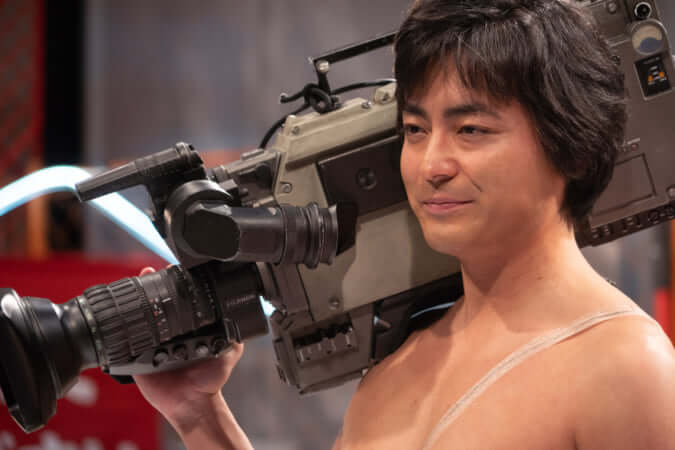Hiroto Ikeuchi’s Wearable Cyberpunk
Featured in Balenciaga's Spring 2022 collection, the artist's futuristic sculptures bring science-fiction and robotics into haute couture.
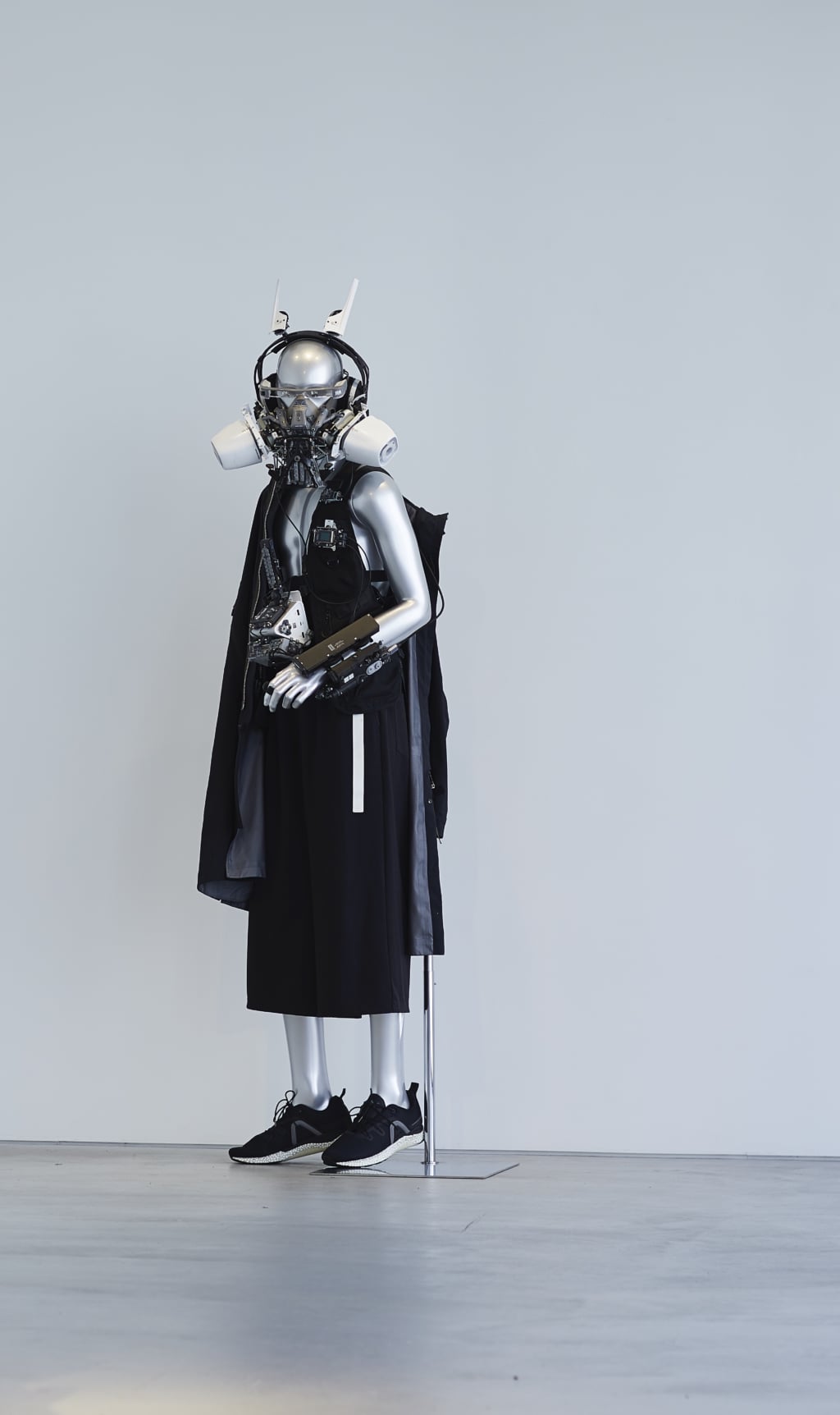
#1901 Ⓒ COURTESY OF HIROTO IKEUCHI
In January 2021, intricate masks, hefty exoskeletons and other technological paraphernalia designed by Hiroto Ikeuchi were displayed across Sai Gallery in Shibuya, Tokyo, the artist’s largest solo exhibition to date.
Aside from their striking visuality, each of his models, assembled by the parts of gadgets such as phones, computers and virtual reality gear, conceal real functions—his sculptures can be used, worn and experienced from an intrinsic perspective. While the intricacy of his works project an elaborate high-tech futurism, their designs appealingly suggest nostalgic 80s pop-culture references and a Japanese childhood immersed in science-fiction.
A Design for Destiny
A graduate of Tama Art University, Hiroto Ikeuchi’s futuristic approach stems from an idea to engage with the interior world of computers as a personal ‘secret base’. Aside building on them using plastics, circuit boards and electrical wiring, his sculptural experiments draw from the fantasies of Plamo—Japan’s plastic modelling culture—and draw extensively from the imagination of popular science-fiction, like Star Wars, Gundam or Neuromancer.
Hiroto Ikeuchi’s works have drawn widespread attention from various industries, winning the 17th Japan Media Arts Festival Entertainment Division Excellence Award, and the artist was invited by the prestigious electronic media and music event Ars Electronica. His 2022 solo show at Sai Gallery notably follows his collaboration with luxury fashion house Balenciaga’s Spring 2022 campaign, with full-body suits and other immense works created alongside the robotics company Skeletonics, and theTYPE00R interactive video game company, Prototype Inc.
Incorporating elements of cutting-technology rapidly assimilated into our daily lives, the sleek near-future hinted by Hiroto Ikeuchi also inspires a sense of disturbance. Laced with the future-orientated optimism of previous decades, his exoskeletons and augmented bodies depict an imminent world of total mechanisation and surveillance. While this may be the case, in his works delving deeply into the relationship between humanity and technology, we are also reminded the future is a question of our imagination. Hiroto Ikeuchi’s cyberpunk, assembled from the fragments of our contemporary technological climate, projects a sombre future—but their elaborate demonstration reminds us that it is only one future of many.
More information about Hiroto Ikeuchi could be viewed on his official website.
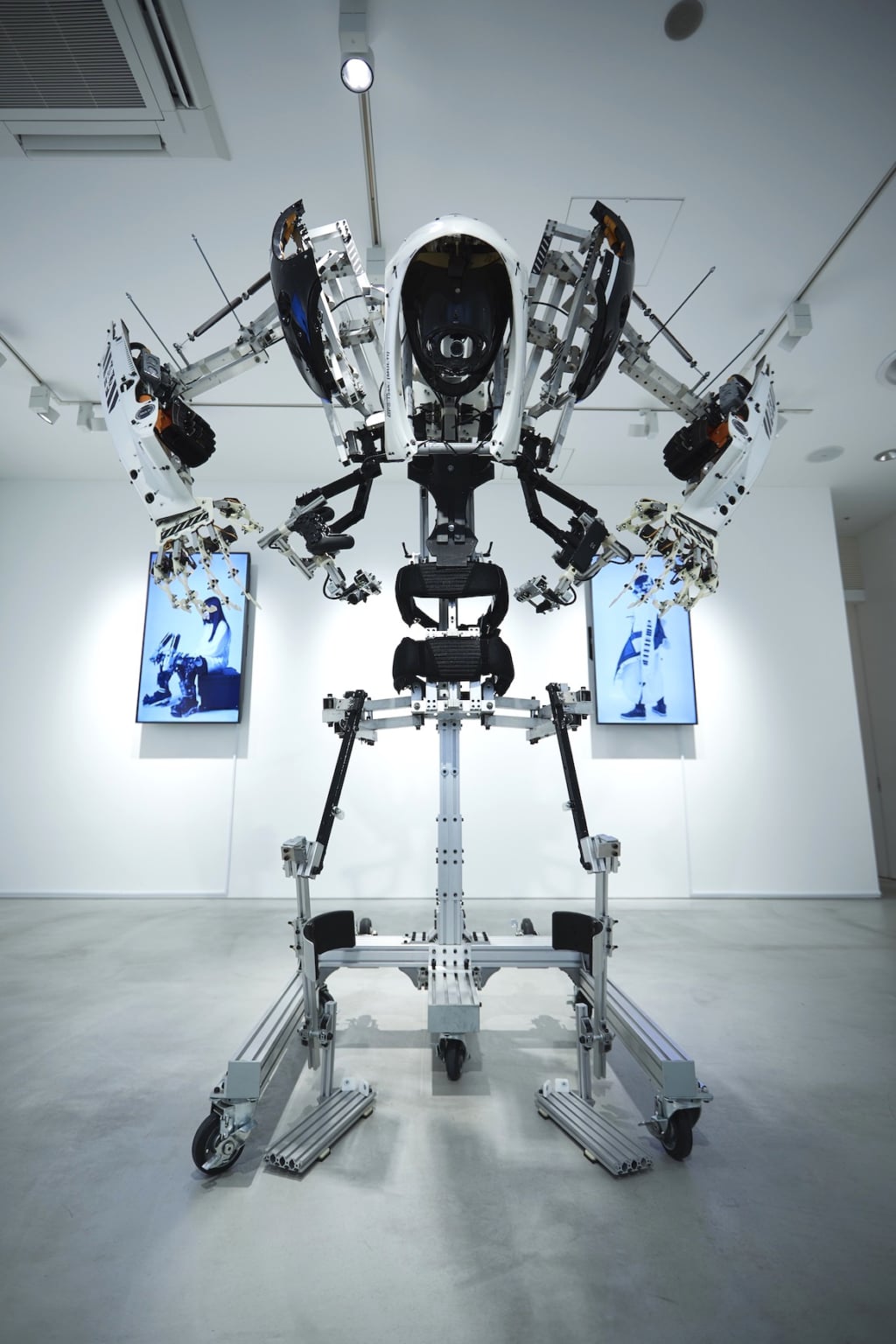
SKELETONICS MPS-15sk:[MULTI] Ⓒ COURTESY OF HIROTO IKEUCHI

#1808 Ⓒ COURTESY OF HIROTO IKEUCHI
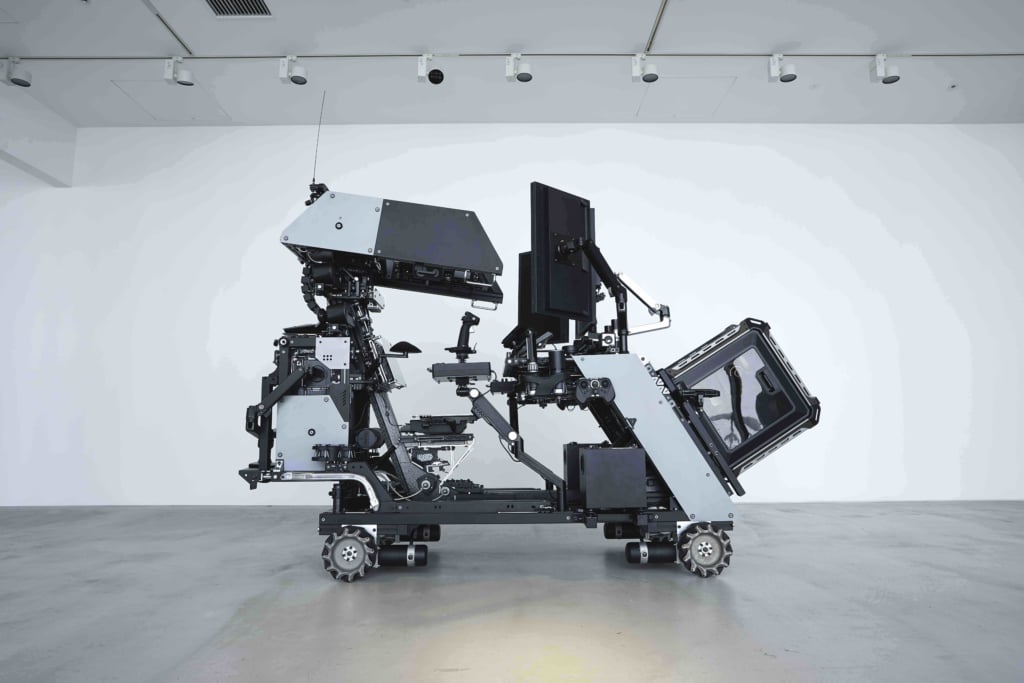
TYPE00R Ⓒ COURTESY OF HIROTO IKEUCHI

Ⓒ COURTESY OF HIROTO IKEUCHI
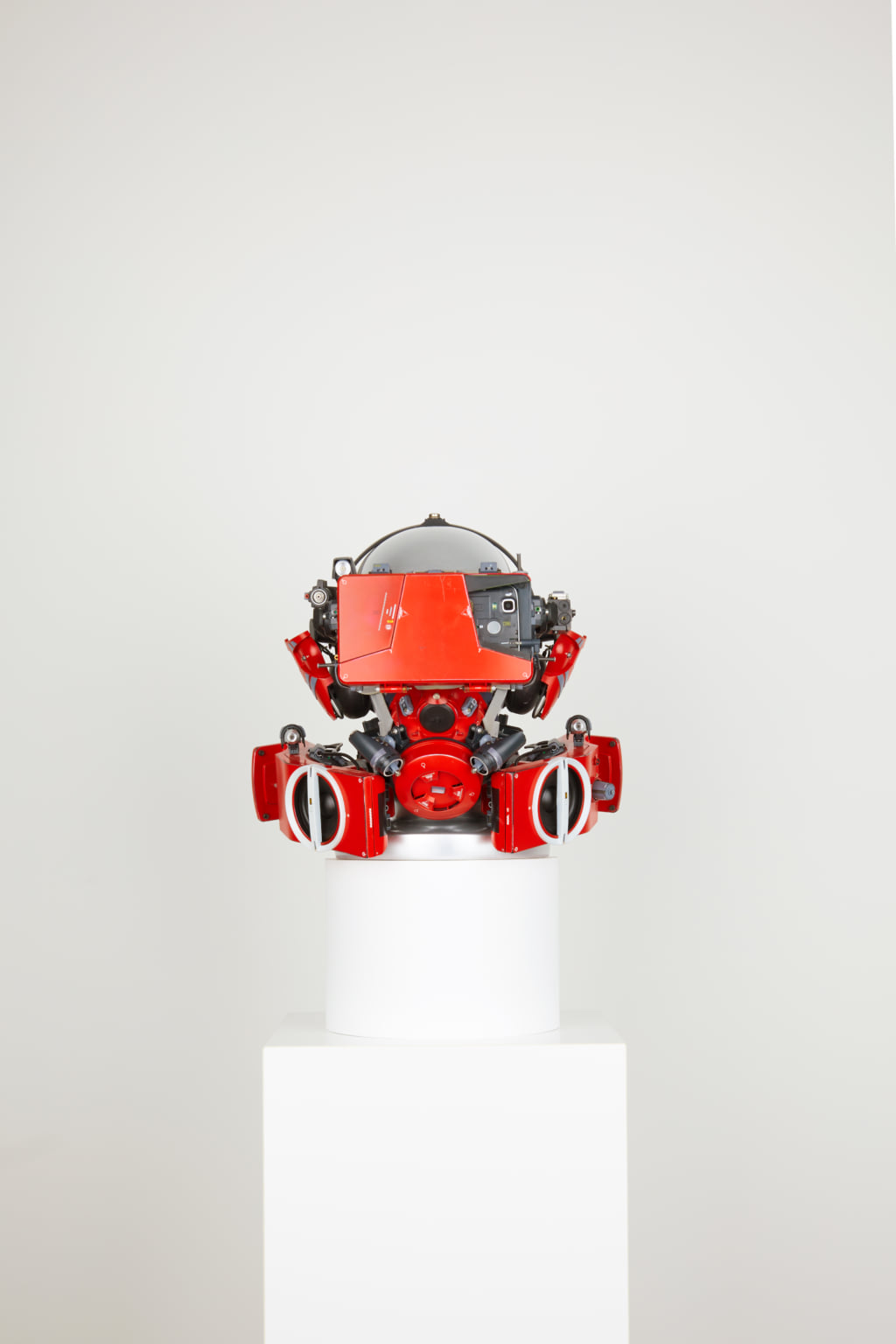
#1911 Ⓒ COURTESY OF HIROTO IKEUCHI
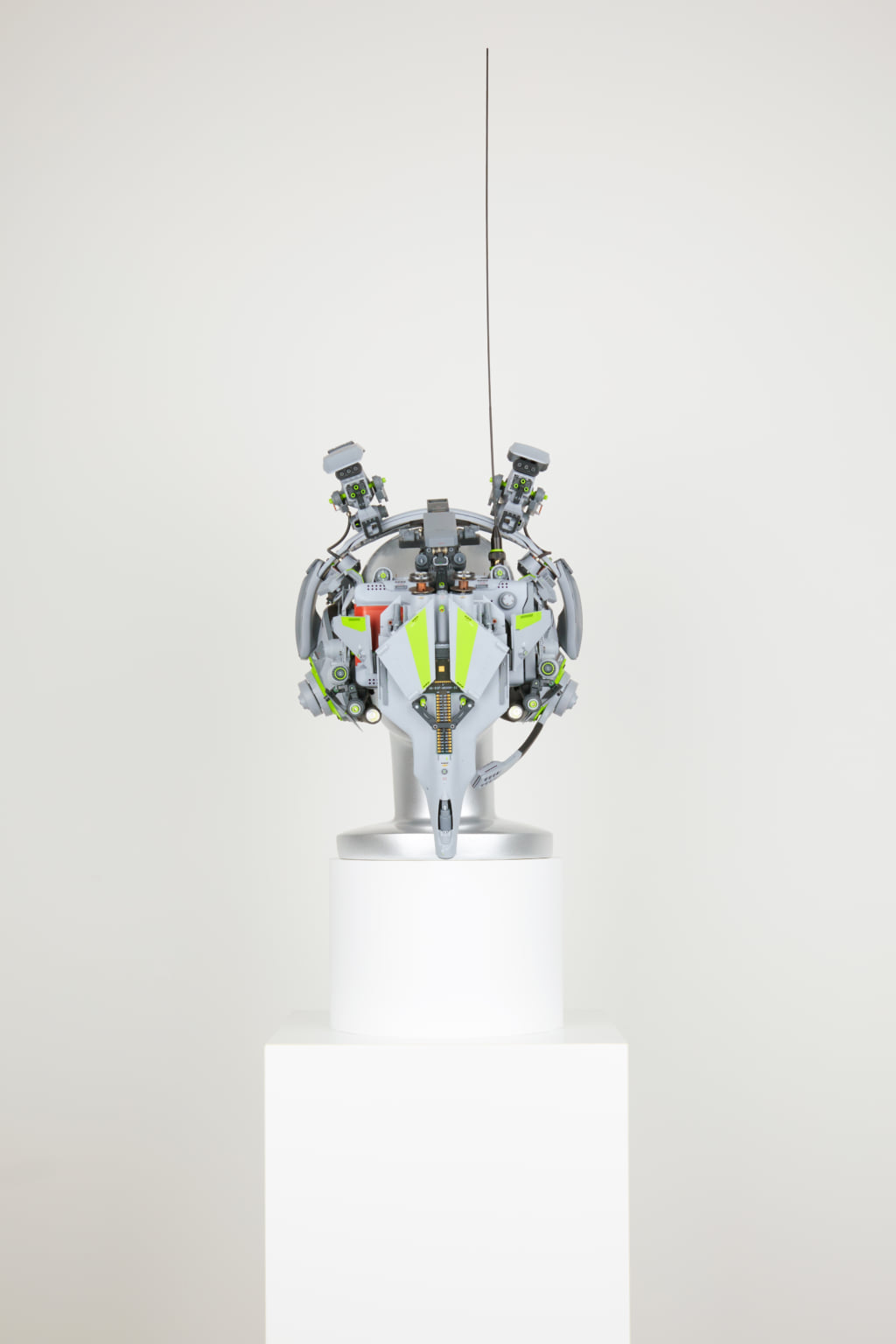
#1905 Ⓒ COURTESY OF HIROTO IKEUCHI
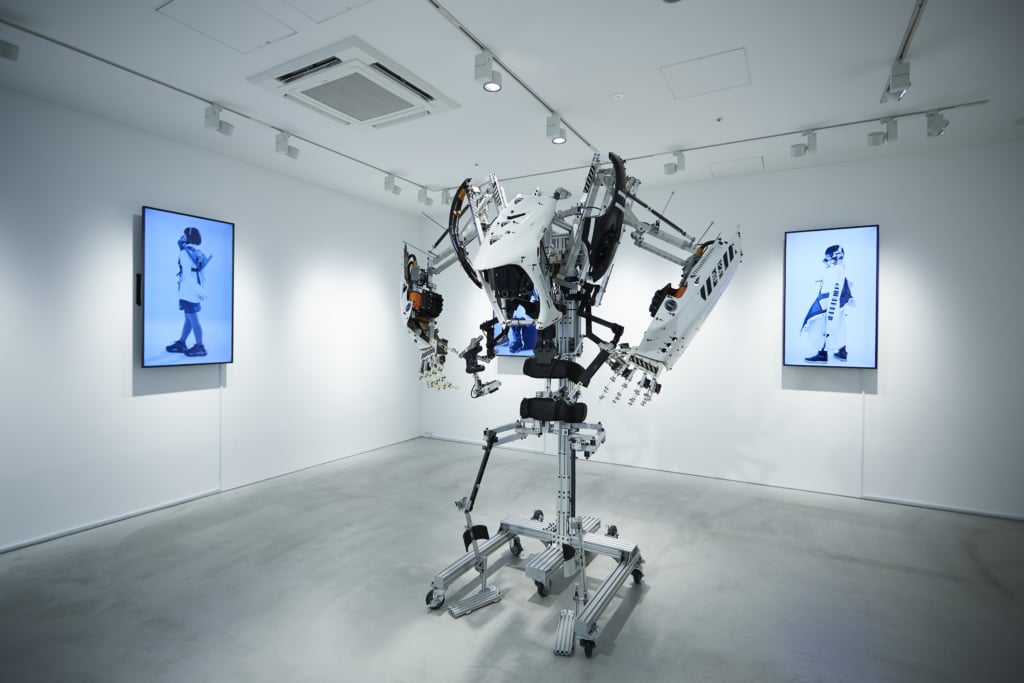
Ⓒ COURTESY OF HIROTO IKEUCHI
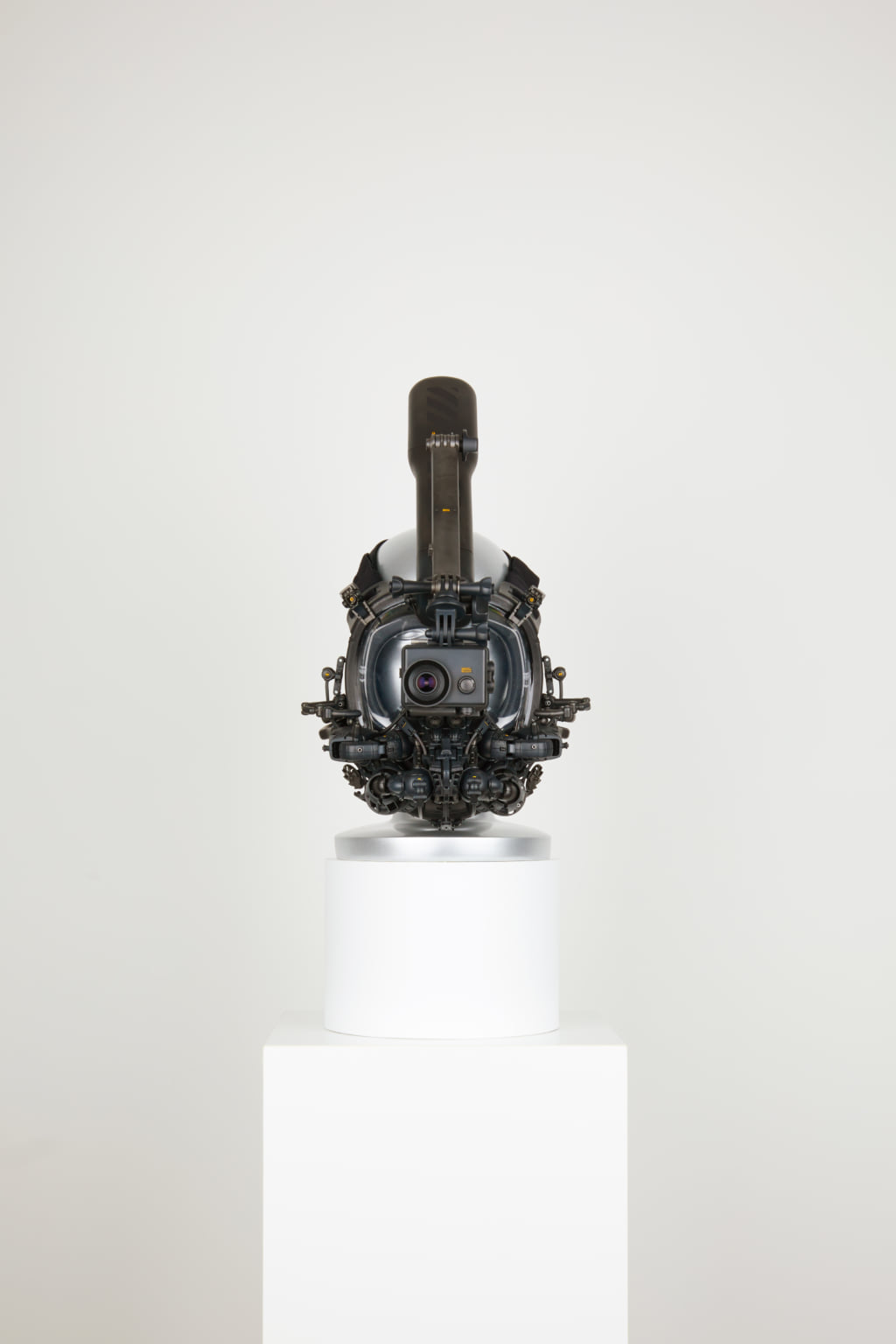
#1811 Ⓒ COURTESY OF HIROTO IKEUCHI
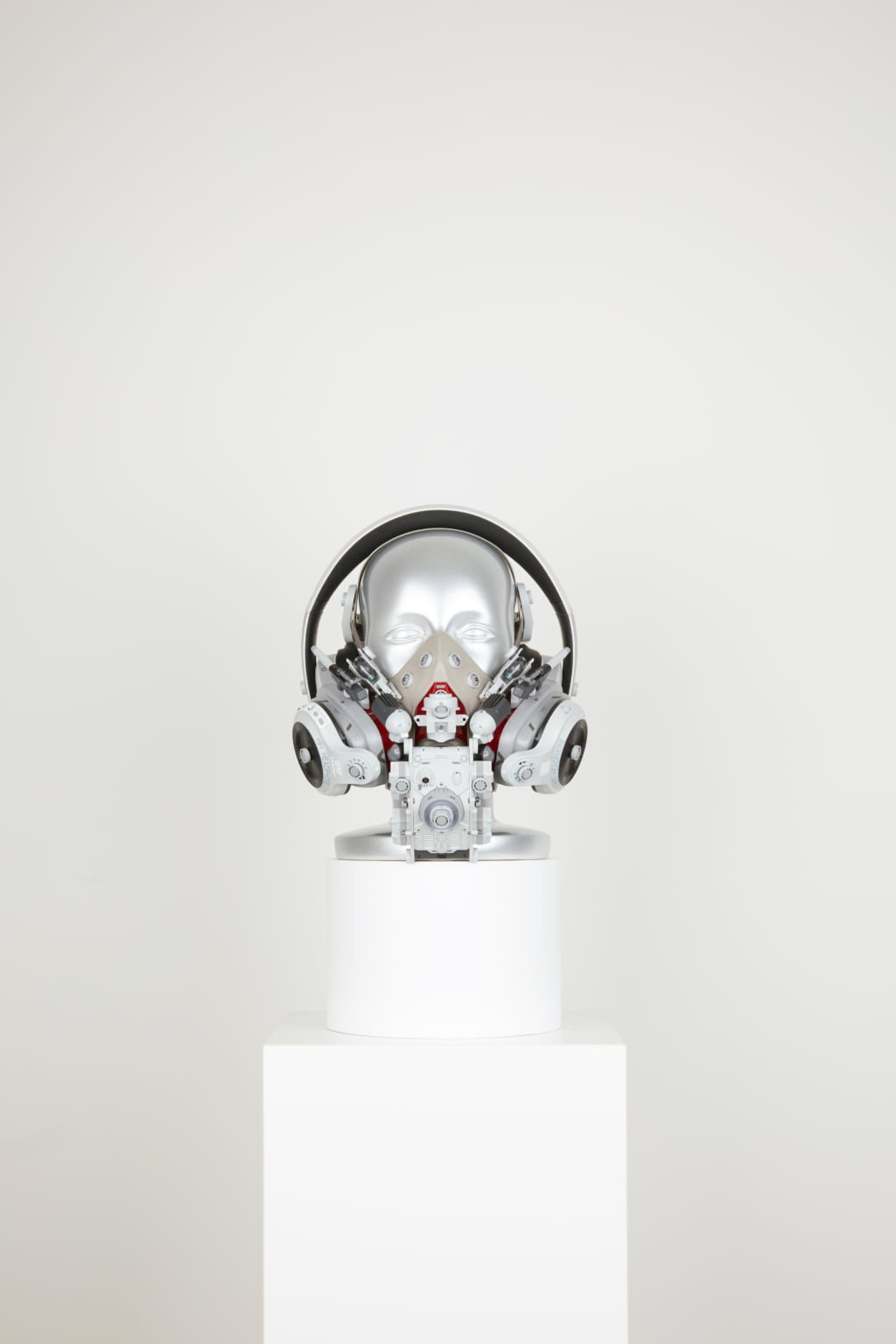
#2007 Ⓒ COURTESY OF HIROTO IKEUCHI
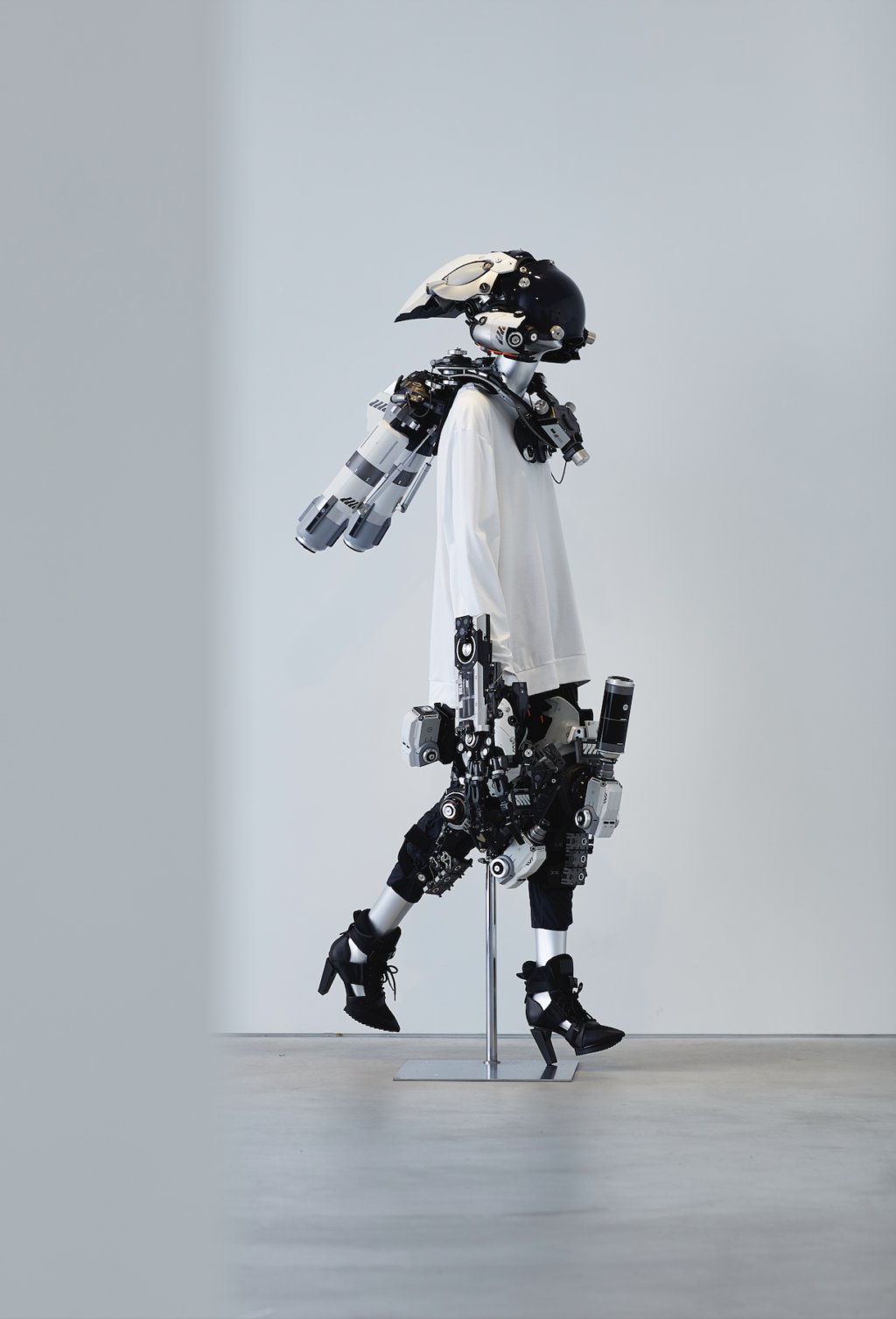
#2101 Ⓒ COURTESY OF HIROTO IKEUCHI
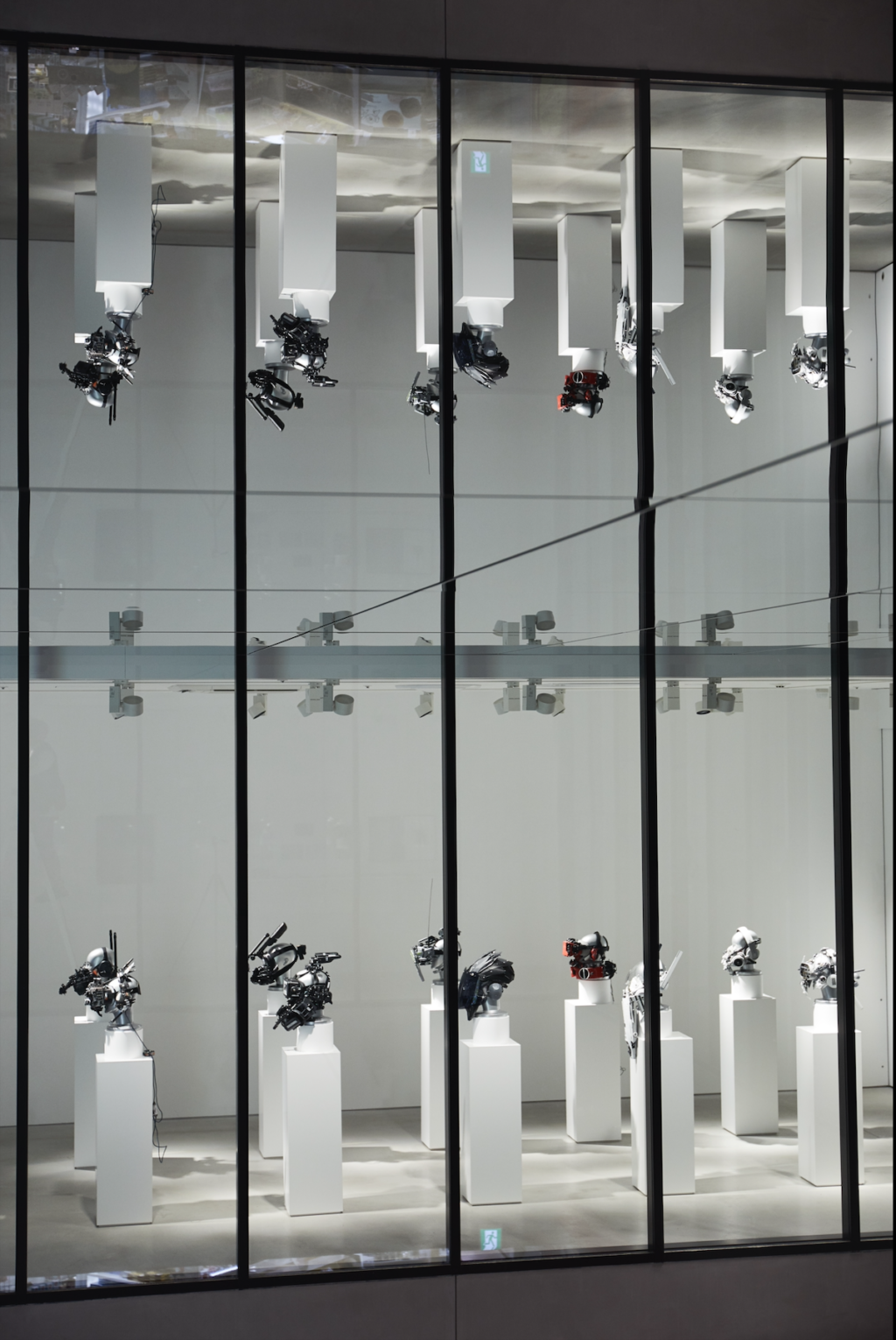
Ⓒ COURTESY OF HIROTO IKEUCHI
TRENDING
-
Ishiuchi Miyako, A Singular Perspective on Women
Recipient of the 2024 Women in Motion Award, the photographer creates intimate portraits of women through the objects they left behind.

-
Recipe for Ichiraku Ramen from ‘Naruto’ by Danielle Baghernejad
Taken from the popular manga with the character of the same name who loves ramen, this dish is named after the hero's favourite restaurant.

-
Namio Harukawa, Master of Japanese SM Art
'Garden of Domina' offers a dive into the world of an icon of ‘oshiri’, whose work has now reached a global audience.

-
The Tattoos that Marked the Criminals of the Edo Period
Traditional tattoos were strong signifiers; murderers had head tattoos, while theft might result in an arm tattoo.

-
The Emperor of Japanese Porn is Now the Star of a Netflix Series
Deliciously funny, The Naked Director especially succeeds in reviving the atmosphere that was so characteristic of 1980s Japan.





